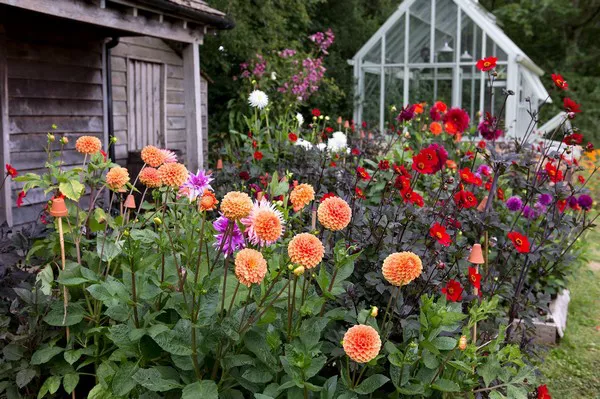Planting flowers brings joy to both experienced gardeners and beginners alike. There’s something inherently satisfying about watching colorful blooms emerge from the soil, bringing life and beauty to any space. Beyond the aesthetic appeal, flower planting offers numerous benefits, from supporting pollinators to enhancing mental well-being through gardening therapy.
Choosing the Right Flowers
Selecting the appropriate flowers for your garden involves considering various factors such as climate, soil type, sun exposure, and personal preferences. Researching native species can help ensure your plants thrive in your specific climate and soil conditions. Additionally, consider the bloom time and duration to create a garden with continuous color throughout the seasons.
Understanding Soil
Soil preparation is crucial for successful flower planting. Start by testing your soil’s pH and nutrient levels to determine any deficiencies. Based on the results, amend the soil with organic matter such as compost or aged manure to improve its structure and fertility. Fertilize as needed, following recommended application rates to avoid nutrient imbalances.
Planting Time
The best time to plant flowers varies depending on the species and your location. Consider local frost dates and seasonal cycles when planning your planting schedule. Cool-season flowers like pansies and snapdragons are best planted in early spring or fall, while warm-season varieties such as marigolds and zinnias thrive when planted after the danger of frost has passed.
Sowing Seeds vs. Transplanting
Deciding whether to start flowers from seeds or transplant seedlings depends on factors like time, space, and desired outcomes. Starting from seeds offers a wider selection of varieties and can be more cost-effective, but it requires patience and additional care. Transplanting seedlings provides a head start on growth but may limit your options and require more resources upfront.
Step-by-Step Planting Guide
1. Prepare the Soil: Loosen the soil to a depth of 6-8 inches and remove any weeds or debris.
2. Dig Planting Holes: Dig holes slightly larger than the root ball of the plant, spacing them according to the plant’s mature size.
3. Planting Depth: Place the plant in the hole at the same depth as it was in its container, ensuring the top of the root ball is level with the soil surface.
4. Backfill and Water: Fill the hole with soil and gently firm it around the plant’s base. Water thoroughly to settle the soil and remove any air pockets.
5. Mulch: Apply a layer of mulch around the base of the plant to conserve moisture and suppress weeds.
6. Stake if Necessary: Provide support for tall or top-heavy plants with stakes or cages to prevent them from bending or breaking.
Watering
Proper watering is essential for establishing healthy root systems and promoting lush growth. Water newly planted flowers deeply to encourage root expansion, then adjust your watering schedule based on weather conditions and soil moisture levels. Avoid overhead watering, which can promote disease, and aim to water at the base of the plants early in the morning or late in the evening to reduce evaporation.
Maintenance
Regular maintenance tasks such as weeding, deadheading, and pruning help keep your flower garden looking its best. Remove weeds promptly to prevent competition for nutrients and water, and deadhead spent flowers to encourage continuous blooming. Prune as needed to remove damaged or diseased foliage and shape plants for optimal growth.
Pest and Disease Management
Despite your best efforts, pests and diseases may still affect your flower garden. Monitor plants regularly for signs of damage or infestation, such as chewed leaves or discolored spots. Identify the culprit and choose appropriate control methods, whether it’s handpicking pests, using organic insecticides, or implementing cultural practices to prevent disease spread.
Seasonal Care
Extreme weather conditions can stress plants and impact their health and vigor. Protect your flowers from frost damage by covering them with blankets or using frost cloth during cold snaps. In hot weather, provide shade or mulch to retain soil moisture and prevent heat stress. As seasons change, adjust your garden maintenance routines to accommodate shifting environmental conditions.
Harvesting and Propagation
For flowers grown for cutting or harvesting, timing is key. Harvest blooms in the morning when they’re at their freshest, cutting stems at an angle to promote water uptake. To propagate your favorite flowers, take stem cuttings or collect seeds from mature plants and follow proper propagation techniques such as rooting hormone application or stratification.
Conclusion
In conclusion, planting flowers is a rewarding endeavor that offers both aesthetic and practical benefits. By choosing the right flowers, understanding soil dynamics, and following proper planting and care techniques, you can create a vibrant and thriving garden that brings joy and beauty to your outdoor space.


